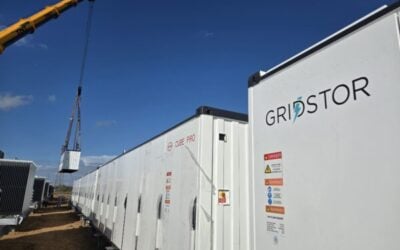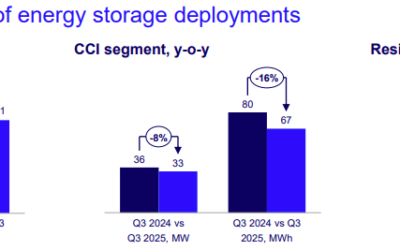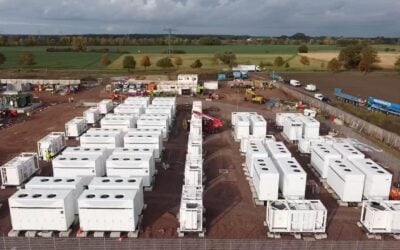
The business case for developers to use large batteries at EV charging stations instead of upgrading electricity networks in the UK is now harder to make after recent changes in regulations.
Panellists discussed the topic in the ‘Batteries Vs. Grid Upgrades – When Is Installing A Battery The Cheaper Option To Support Deploying Chargers?’ session yesterday (5 October) at the EV World Congress, a two-day event put on by Energy-Storage.news’ parent company Solar Media.
“From next April, developers won’t be paying for those grid upgrades, it will be the DNOs (Distribution Network Operators) so that price signal has disappeared. So right now, it’s hard to make a case for stationary batteries to reduce costs for the developers,” said Simon Gallagher, managing director of eSmart Networks, which provides EV charging infrastructure installations and renewable energy connection solutions.
Paul Jewell, system development manager at DNO Western Power, agreed but said there were still some opportunities for battery energy storage systems. This could be for Western Power’s own process of upgrading its infrastructure to accommodate new EV charging capacity, or as a short-term solution for developers waiting for the infrastructure upgrade they need to be completed.
Try Premium for just $1
- Full premium access for the first month at only $1
- Converts to an annual rate after 30 days unless cancelled
- Cancel anytime during the trial period
Premium Benefits
- Expert industry analysis and interviews
- Digital access to PV Tech Power journal
- Exclusive event discounts
Or get the full Premium subscription right away
Or continue reading this article for free
As Energy-Storage.news has extensively written, BESS units are increasingly being deployed at EV charging stations in cases where the local grid cannot provide the high-power connection the chargers need, or as a more economic alternative to upgrading the power lines.
EV charging parks can also use on-site batteries to optimise the EV charging station’s consumption, both in terms of the price/kWh and renewable energy mix.
Grazia Todeschini, reader in engineering, Kings College London, pointed out that 22TWh of energy will be needed by 2030 needed to charge the anticipated number of EVs on the road in the UK.





